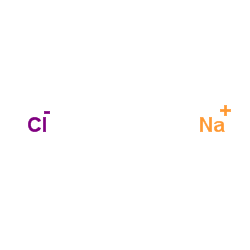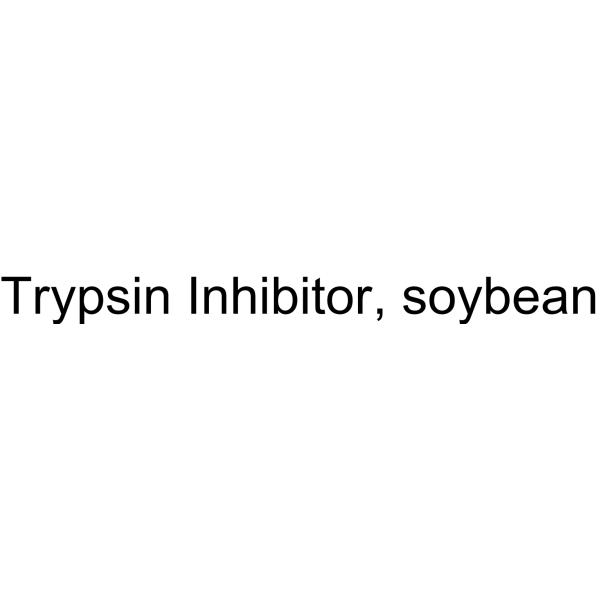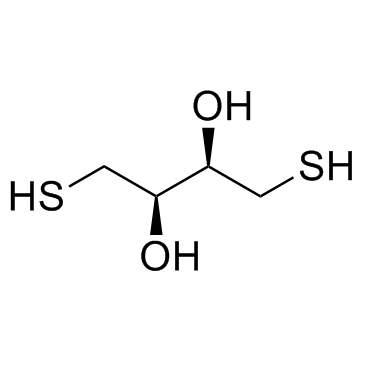| Structure | Name/CAS No. | Articles |
|---|---|---|
 |
sodium chloride
CAS:7647-14-5 |
|
 |
Trypsin inhibitor
CAS:9035-81-8 |
|
 |
SODIUM CHLORIDE-35 CL
CAS:20510-55-8 |
|
 |
trisodium phosphate
CAS:7601-54-9 |
|
 |
DL-Dithiothreitol
CAS:3483-12-3 |